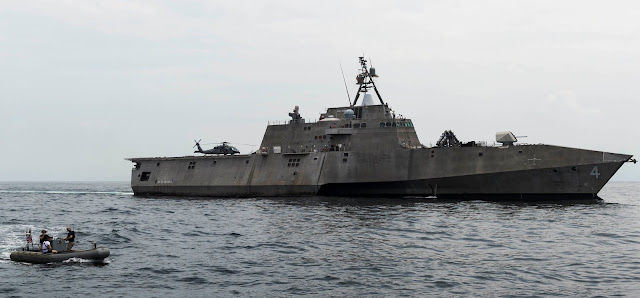Missile Loadouts: USN Missile Cruisers (1959-1999)

After the initial introduction of guided missile systems on converted gun cruisers, it became clear that a new type of warship was needed as the existing designs were either too small or unnecessarily large. These new ships were assigned the hull designation DLG and dubbed “frigates” after the famous sailing ships such as USS Constitution. That the USN applied this name to powerful guided missile ships while the European navies used it to refer to cheap submarine hunters reflects a historic difference - in the nineteenth century, the frigates were the most powerful vessels in the small American navy, while in Europe the frigates were seen as minor combatants that lived in the shadow of the ships of the line. However, the American use of this term did not survive long, and, in 1975, the USN dropped the DLG designation as part of a wider simplification of its hull numbers. The frigates were redesignated as either cruisers (CG) or destroyers (DDG). Simultaneously, the ocean escorts (DE)


